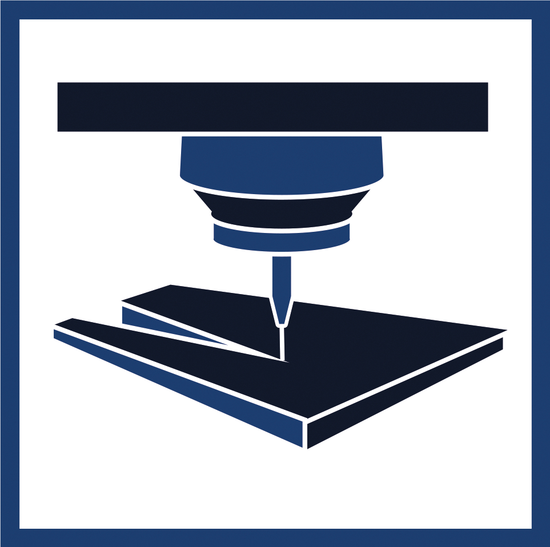Waterjet Cutting

Technical Details
SIZE 3D
2200 x 1200 x 700 mm
SIZE 2D
2000 x 1000 mm
Clear advantages of Waterjet Cutting
The water jet has convincing advantages, compared to other cutting methods. It achieves a cold and gentle cut with extremely high precision. In addition, the material will not be changed, warped or damaged during the cutting process.
With the water jet we cut plastics, textiles, elastomers, thermoplastics, fiber materials or even foams and insulating materials. It is of particular importance for the separation of composites for which the waterjet is perfectly suitable. We can easily cut the following materials:
Plastics such as ABS, polypropylene, acrylic glass, polycarbonate, PE, PVC. Composite materials such as natural fibers composites (NFPC), carbon fiber composites (CFRP) and fiberglass composites (GRP). Nonwovens made of polyester, wool or natural fibers as well as foams or rubber
How waterjet cutting works
Precise Coordination and Programming
-

CAM-Programming
We program in 2D and 3D depending on the geometry of the part to be manufactured
-

Prototype Tests
After the first programming, we create prototypes to identify problem areas that modeling on the computer does not show
-

Series Trimming
With the knowledge from the first two steps, we then create the final program and save it permanently to ensure repetition security




